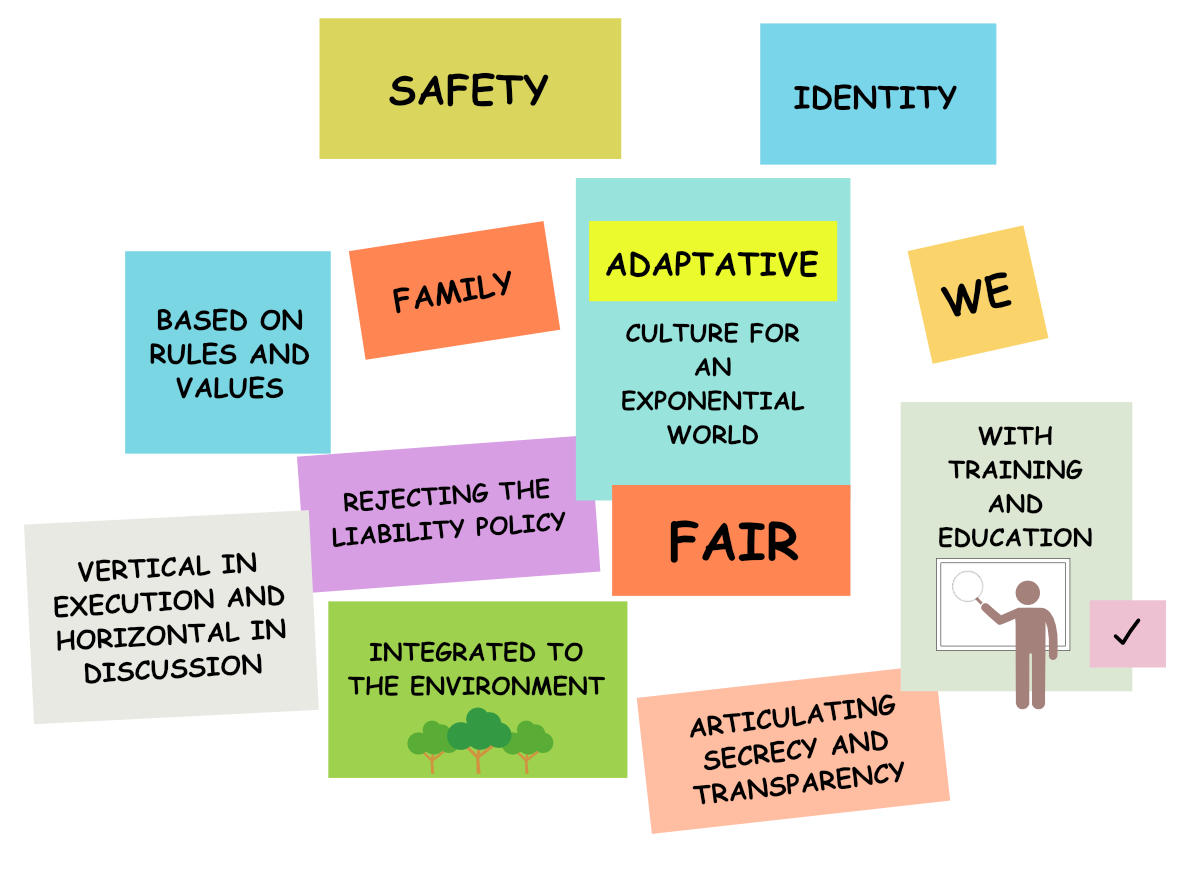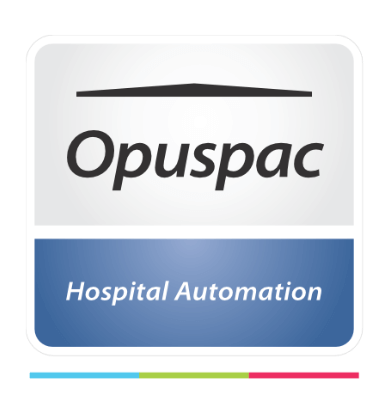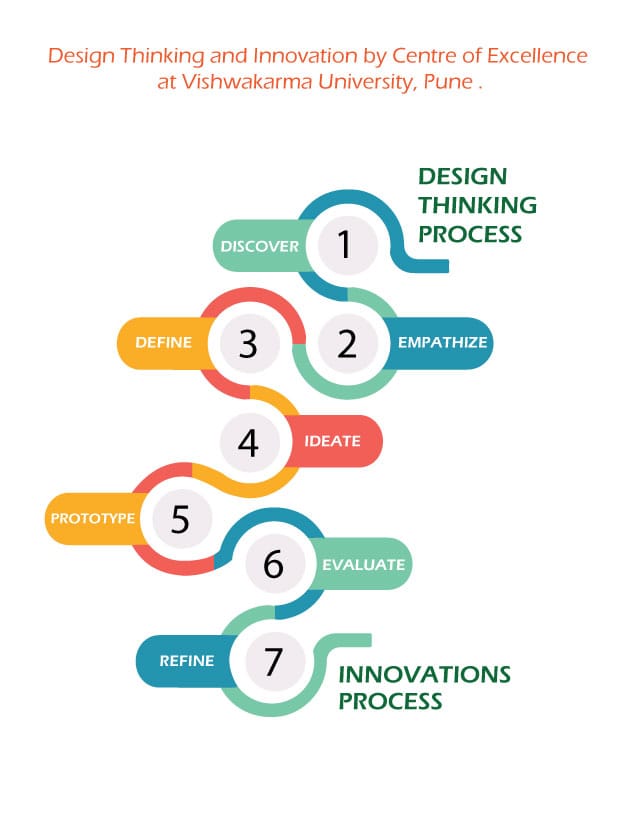Leadership and Change Management
In addition to the technical aspects of hospital pharmacy, pharmacists frequently play leadership and management roles in their roles. Therefore, it is important to include modules developing change management and leadership skills. This can cover topics such as:
- Leadership 4.0 and the Digital Revolution
- Design Thinking and Innovation
- Ethical and Socially Responsible Leadership
- Digital Mentoring and Intergenerational Collaboration
- Change Management and Resilience
1-Leadership 4.0 and the Digital Revolution
The exploration of emerging technological trends (IoT, AI, ADC, blockchain) and their impact on hospital pharmacy.
This article focuses on empowering hospital pharmacists to lead digital transformation and innovation in their hospital pharmacies. With the pharmaceutical industry constantly evolving, leaders need to take an agile and forward-looking approach. Designed to help pharmacy professionals become visionary leaders, capable of shaping the future of hospital pharmaceutical care, in order to combine new technologies with current functions, such as patient safety, waste reduction, hospital logistics, clinical pharmacy, among others.
Do you know when smartphones have evolved over the years and become an essential part of our lives? Similarly, the digital revolution is changing the way hospital pharmacies operate. New technologies such as sensors, ADC, artificial intelligence, and blockchain are making their way into pharmacy. And as a leader, it’s important to understand these changes and how they can improve pharmaceutical care in the hospital.
The Role of Pharmaceutical Leadership in Driving Digital Innovation
Have you ever heard of how a ship’s captains navigate the stormy seas? Similarly, pharmaceutical leaders play a crucial role in guiding their teams through the waves of digital innovation in healthcare. Let’s explore how they do it.
Understanding the Digital Revolution
The digital revolution is like a hurricane that sweeps through the healthcare field, bringing new technologies and changes. As a pharmaceutical leader, it’s your role to understand these changes. This means staying up-to-date with technologies such as artificial intelligence, the internet of things, and blockchain systems, which can transform the way hospital pharmacies operate.
Defining the Vision and Strategy
Imagine that you are the captain of a ship and you have to chart a course to an unknown destination. Pharmaceutical leaders are like captains, setting the vision and strategy for adopting these new technologies. They determine how digital innovation can improve efficiency, patient safety, and the quality of services in the hospital pharmacy, aiming for better hospital care for patients.
Empowering the Team
Pharmaceutical leaders don’t sail alone. They empower their teams to embrace digital innovation. This involves providing training, supporting learning, and encouraging creativity. Imagine a ship’s crew who need to understand how to operate new navigation technologies. Pharma leaders play this role by ensuring that everyone on board is prepared for the digital journey.
Embracing Agility and Flexibility
Sometimes the weather at sea changes rapidly, and the captain has to adapt. Similarly, digital innovation is dynamic, and pharmaceutical leaders need to be agile and flexible. They must be willing to adjust the strategy as new technologies and challenges arise. This helps keep the hospital pharmacy on track, even in the face of unexpected changes.
Measuring Progress and Learning from Mistakes
As a captain, you use compasses and stars to measure your ship’s progress. Similarly, pharmaceutical leaders use indicators and metrics to assess the impact of digital innovation. They also learn from mistakes, like a good captain who uses previous experiences to make better decisions in the future, i.e., work through mistakes so that they don’t happen again.
Pharmacy leaders play a vital role in driving digital innovation in hospital pharmacies. They are the captains who guide their teams with vision, strategy, and adaptability, ensuring their healthcare institutions successfully navigate the waters of digital transformation.
2-Design Thinking and Innovation:
Application of design thinking principles to solve challenges in hospital pharmacy.
Imagine that you have a problem in the pharmacy that needs to be solved, such as improving efficiency in the distribution of medicines. Design thinking is one way to approach this problem. It involves looking at the problem from different angles, thinking creatively, and working as a team to find innovative solutions. It’s like being a detective looking for clues to solve a puzzle, the Lean Healthcare methodology helps in solving various situations and problems in a simple and efficient way.
3. Ethical and Socially Responsible Leadership
Being an ethical leader means making choices that are right and just, even when no one is looking. Imagine that you find out that a drug has expired at the pharmacy. As a leader, it is your responsibility to make the right decision, which is to withdraw the drug to avoid risks to patients. Additionally, being socially responsible involves thinking about how pharmacy can contribute to the community and people’s well-being.
Ethics in leadership means making responsible and correct decisions.
4. Digital Mentoring and Intergenerational Collaboration
How to establish digital mentoring and foster cross-generational collaboration?
Leveraging the skills and knowledge of all generations of pharmacists.
Mentoring is like having a more experienced friend who can give you advice and share knowledge. In the digital world, this can happen through video calls and online conversations. Imagine a more experienced pharmacist giving a younger colleague tips on how to handle difficult situations in the pharmacy. This helps everyone to grow and learn together, regardless of age, we must put aside vanities, as everyone can collaborate with each other, with a single goal: efficiency in processes and the safety and well-being of patients.
5. Change Management and Resilience
Changes are like waves in the ocean: they come and go. In a hospital setting, it’s important to know how to deal with change. Being resilient means being like a spring that can bend but not break. You can learn how to adapt to change and help your team navigate challenges while maintaining a positive work environment.
Strategies for Leading and Managing Change in Hospital Pharmacies
Leading and managing change in hospital pharmacies is like leading a group through an uncharted forest. It’s challenging, but with the right strategies, it’s possible to successfully navigate this ever-evolving territory. Here are some key strategies:
5.1. Clear and Continuous Communication
Communication is the compass that keeps the team moving in the right direction. As a leader, it’s essential to clearly communicate the reason for changes, the goals to be achieved, and what is expected of each team member. Additionally, communication should be ongoing, providing regular updates and opportunities for team members to ask questions and share concerns.

5.2. Team Involvement
Imagine that everyone on the team is like experienced forest guides. They have valuable knowledge to contribute. Encourage active team participation in the change process. This can include forming working groups, where members can offer suggestions and solutions. When people feel involved, they are more willing to accept and embrace change, they feel valued, so they become more committed and engaged.
5.3. Setting Clear Goals
Setting goals is like establishing landmarks on a map. Goals should be specific, measurable, achievable, relevant, and time-bound (known as SMART goals). By setting clear goals, everyone on the team understands what they are trying to achieve and has a sense of purpose, as we should all have a clear purpose that gives us a direction.
5.4. Resistance Management
Just like on a difficult trail, there may be obstacles in the way. Some team members may resist change due to fear of the unknown or worry about the impact on their roles. As a leader, it’s important to recognize this resistance and address it in an empathetic way. This can involve providing support, clearing up misunderstandings, and showing the benefits of the change, don’t do to your employees what you as a leader wouldn’t want your superior to do to you.
5.5. Constant Monitoring and Evaluation
Change is like a journey that requires regular checkpoints. Establish monitoring systems to assess progress towards set goals. This allows for adjustments as the change is implemented. Also, celebrate milestones and successes along the way, recognize the team’s effort and commitment, celebrate together with them.
5.6. Training and Capacity Building
Sometimes change involves learning new skills and gaining knowledge. Ensure that staff have access to the training and enablement they need to adapt to changes successfully. This can include professional development programs and hands-on workshops, develop a constant training program with your staff.
5.7. Focus on Organizational Culture
Organizational culture is like the landscape of the forest, shaping everyone’s experience. Leaders must foster a culture that values continuous learning, adaptability, and innovation. Positive organizational culture makes it easier to accept change.
Leading and managing change in hospital pharmacies requires a strategic approach that involves effective communication, staff engagement, goal setting, resistance management, and constant monitoring. With the right strategies in place, hospital pharmacies can successfully navigate the changes and continue to provide high-quality care to patients.

Thought leadership stands out for its hands-on approach, focus on leadership in a rapidly evolving pharmaceutical environment, and use of simulation technologies and online collaboration. It prepares hospital pharmacists to lead the transformation in their institutions and face the challenges of the hospital pharmaceutical care of the future, as evolution and change are constant, so we must prepare ourselves.














